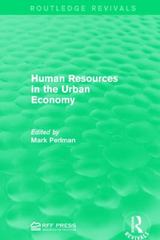Answered step by step
Verified Expert Solution
Question
1 Approved Answer
Question 2 Consider the following utility maximization problem for a household: 10 c 1 1 max t) lt(t1T+Tmlg) {ct-at+1-bt+1-dt+1>0}t0 t=0 5.1:. at+1 + bt+1 +


Step by Step Solution
There are 3 Steps involved in it
Step: 1

Get Instant Access to Expert-Tailored Solutions
See step-by-step solutions with expert insights and AI powered tools for academic success
Step: 2

Step: 3

Ace Your Homework with AI
Get the answers you need in no time with our AI-driven, step-by-step assistance
Get Started


